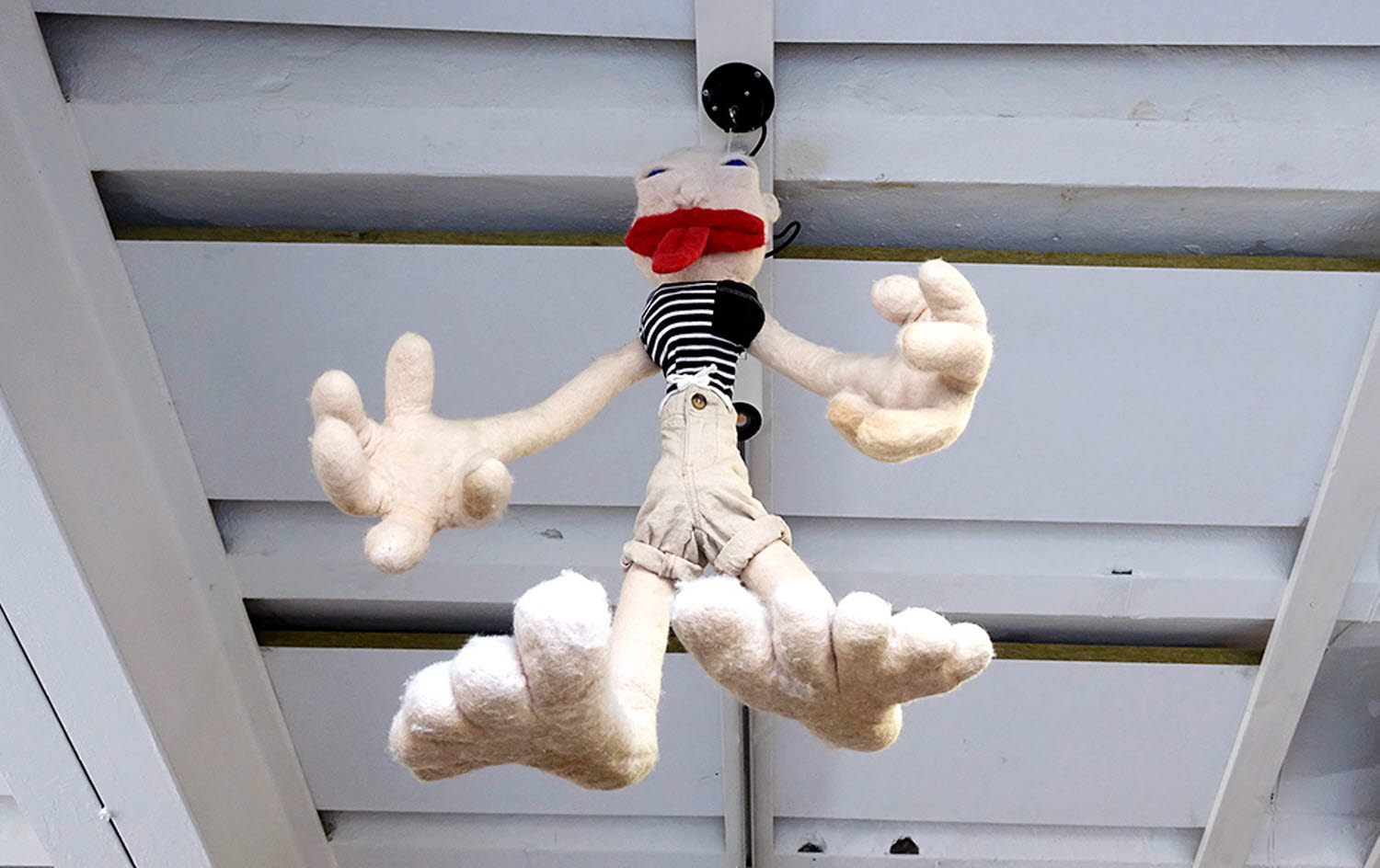
Homunculus
Nerve cells receive information and control the whole body. The nervous system influences and controls body parts such as bones and joints, sensory information, memory, hormones and internal organs. The nervous system consists of nerve tissue made of two types of cell, nerve cells and supporting cells known as glia. The glia create the network-like structure of the nervous system. 100,000 nerve cells die each day. They are replaced by new immature nerve cells called stem cells. The nerve cells cannot divide like stem cells can. This is why nerve tissue does not heal well if it is damaged. Stem cells are created in bone marrow and in the umbilical cord that connects a foetus to the placenta. The structure of nerve cells is similar to other cells in the body, however nerve cells have offshoots known as axons. Axons send impulses from the nerve cell to other nerve cells and muscles or glands.
Nerves consist of bundles with long offshoots, axons. Some axons are surrounded by myelin. It is formed by special glia that wrap around the nerve. The myelin is made of a fatty substance and works as insulation. It does not cover the entire nerve, it forms small gaps (nodes) one or two millimetres apart.
Just like the brain, the nerve tissues are made of white and grey matter. The cell body consists of grey matter and the long offshoots are made of white matter and myelin. The myelin insulates the offshoot and helps nerve impulses to travel faster.









